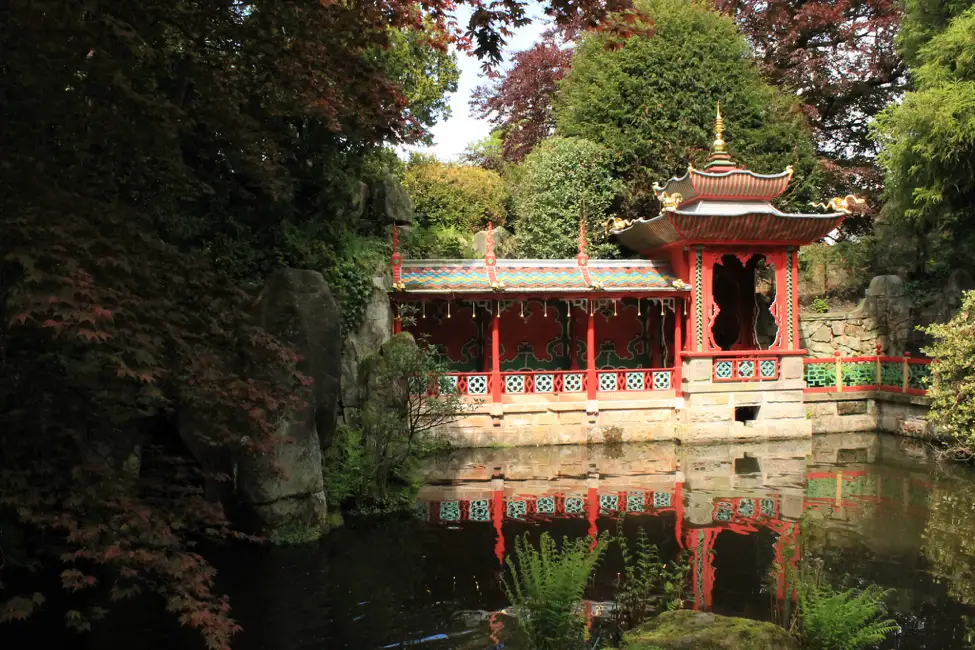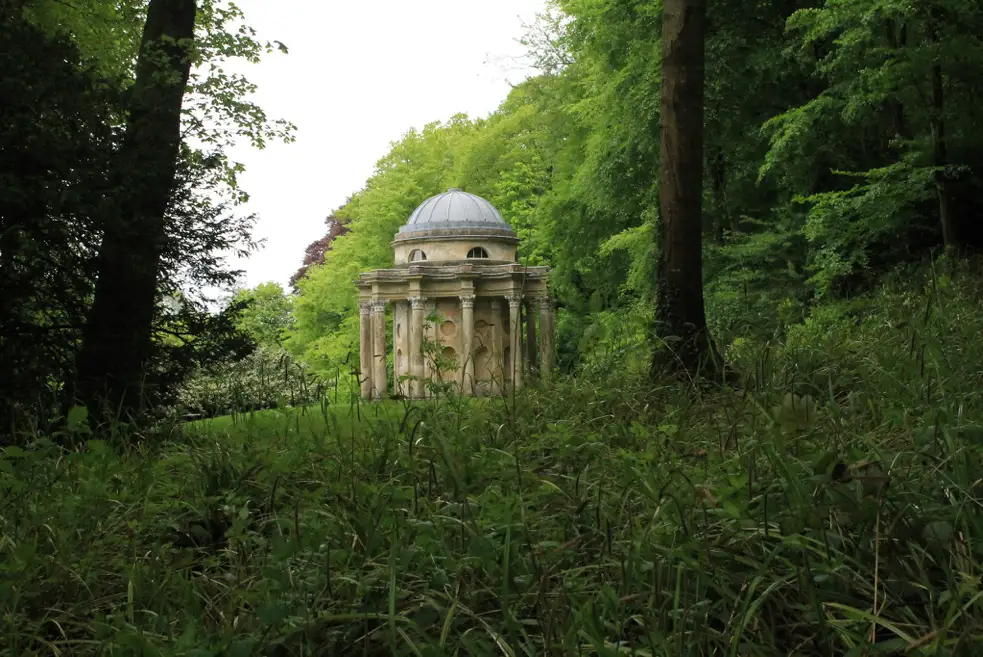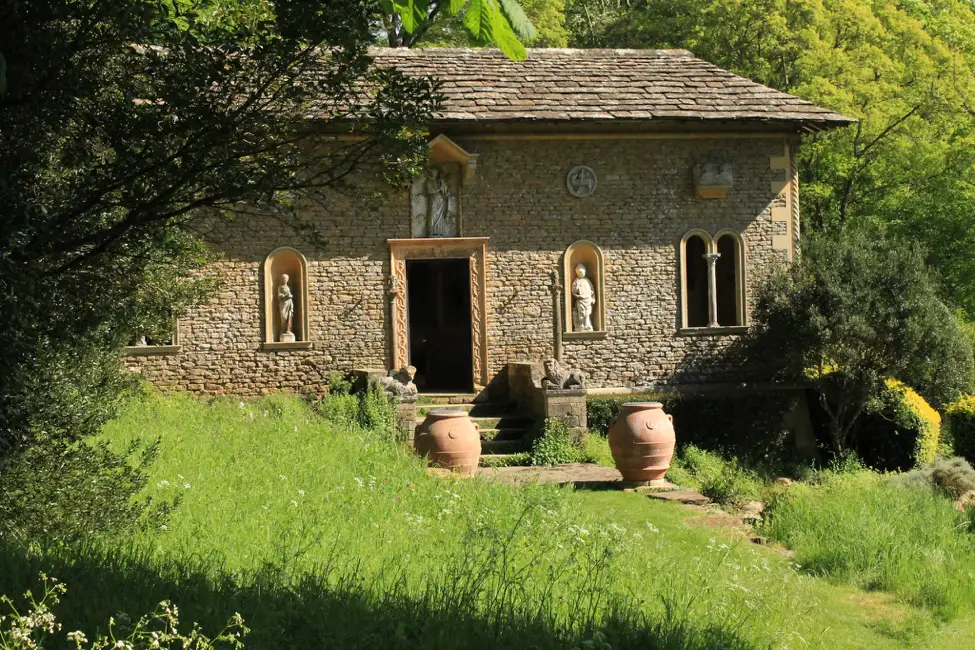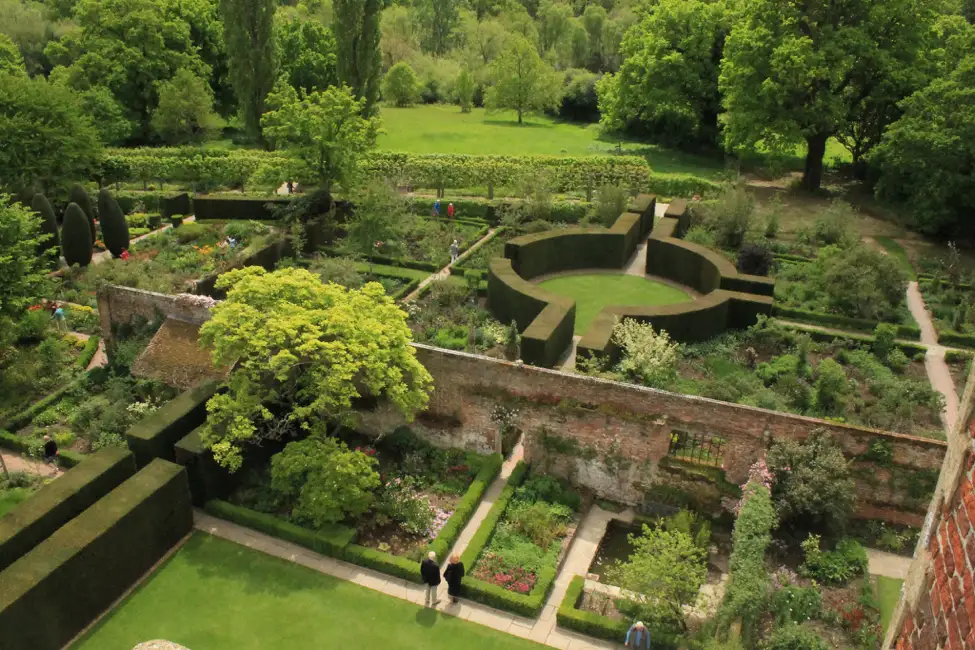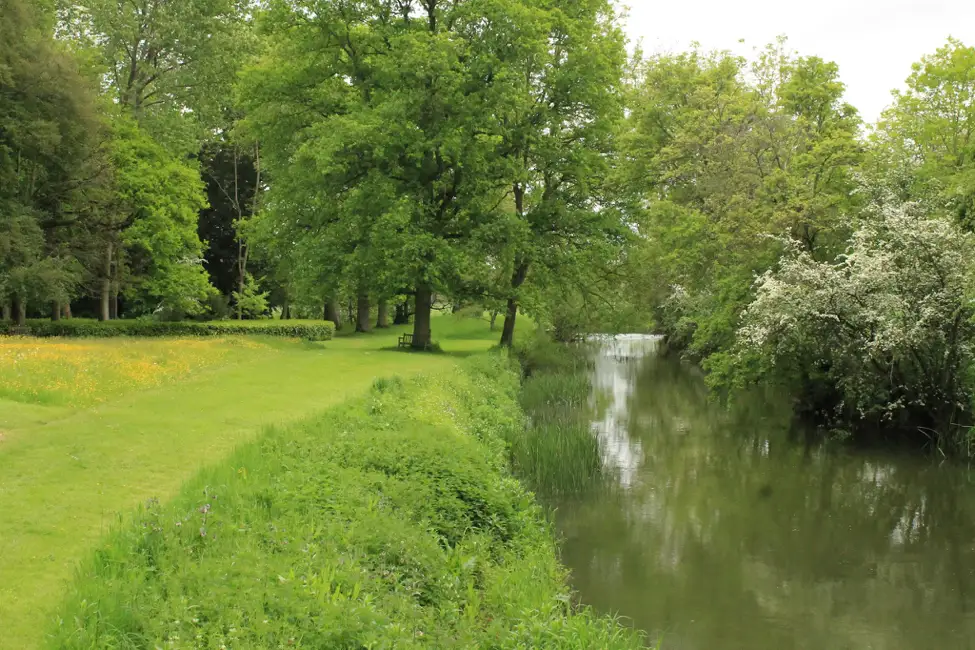Spring is just around the corner, and before long, landscapes throughout the world will be in full bloom. While many countries boast gorgeous flora, England is an ideal destination for nature lovers and green thumbs alike. You don’t have to be a botanist to appreciate the beauty of England’s historic gardens; from traditional flower beds to winding woodland trails, England offers a variety of ways to revel in spring’s arrival.
Although I can certainly appreciate the beauty of a well-kept garden, I wanted to learn a bit more about what makes England’s so unique. I reached out to two friends of mine—both of whom recently traveled to the U.K. to study English garden design—for their insight. Together, we developed a list of must-see gardens that balance the beauty of nature with the rich history of England. Here are some of our favorites:
Best Gardens in England
1. Biddulph Grange Garden
Why We Love It:
This landscaped Victorian garden includes design elements from around the world.
Details:
Located in historic Stoke-on-Trent, Biddulph Grange Garden is one of England’s most beloved green spaces. The garden’s 15 acres are divided and compartmentalized into different themes. Each area of the garden tells a different story—drawing inspiration from Chinese, Italian, Egyptian, and Western European design, depending on where the path takes you. The transitions between the different areas of the garden reveal something new at every turn. The garden also offers family-friendly attractions, including tunnels and an interactive path for children.
Biddulph Grange began as a rectory, but it was transformed into a lush garden in the 1840s by horticulturist and landowner, James Bateman. As the gardens took form, the Bateman family enlisted the help of their friend—artist William Cooke—who helped them bring their design aspirations to life. While the gardens retained their original splendor for many years, they spent several decades in a state of disrepair once the Bateman family sold the property. In 1988, the gardens were granted to the National Trust. After years of dedicated care, Biddulph Grange is now almost entirely restored.
2. Stourhead
Why We Love It:
Stourhead has been praised as a “living work of art,” with a design that draws heavily from Greek mythology.
Details:
While Stourhead doesn’t have the abundance of flowers characteristic of many English gardens, it’s been called a “masterpiece of European garden design.” The gardens were created during the enlightenment era, when Greek mythology, philosophy, and design were frequently referenced and highly celebrated. Because of these influences, the path through Stourhead’s gardens is an allegory of Aeneas’s descent into the underworld. As you follow the path around the central lake, you’re taken to a series of classical temples and monuments, many of which feature quotes describing Aeneas’s travels. These structures also offer stunning views of the garden’s other attractions, encouraging further exploration on the part of the visitor.
Even if you’re not as passionate about Greek mythology as Stourhead’s architects, there are a variety of activities offered at Stourhead’s visitor center. If you are traveling with young children, you’re encouraged to pick up an activity guide and a “Tracker Pack,” which includes items like bug-catchers and binoculars. The Stourhead gardens have also been featured in a number of films, including Barry Lyndon and the 2005 remake of Pride and Prejudice.
3. Iford Manor
Why We Love It:
Iford Manor is home to whimsical hanging woodlands, and it’s a frequent venue for arts and music festivals.
Details:
The Iford Manor is a privately owned garden that takes visitors off the beaten path. Designed in the early 20th century by architect Harold Peto, the space combines the formal elements of an Italian garden with the softer, more picturesque design of an English garden. The transitions between each style are carefully crafted, offering a unique exploration of European design. Although Iford Manor isn’t a traditional flower garden, its eye-catching terraces, lily pools, and hanging woodlands soften the garden’s stonework. There are also quite a few areas—both sunny and shady—for lounging. These features make Iford Manor a favorite venue for concerts, special events, and the annual Iford Art Festival.
4. Sissinghurst Castle Garden
Why We Love It:
This garden is filled with different varieties of flowers that create a “patchwork” of color themes.
Details:
Created in the 1930s by writer Vita Sackville-West and her husband, Harold Nicolson, Sissinghurst Castle Garden has become famous for its floral displays. The garden was created as a series of “rooms,” each with its own color or theme. As they developed the garden, Sackville-West and Nicolson became a talented duo, with Nicolson designing the partitions and interconnections between each room, and Sackville-West filling each section with her choice of flowers. The result was a highly textural patchwork of colors and shapes. At the time, Sackville-West wrote popular weekly columns as a gardening correspondent for The Observer—before long, her own garden was drawing attention and praise. Today, Sissinghurst’s pink brick walls and tall hedges guide garden-goers from room to room, with an exciting new vista around every corner.
5. Rousham House Gardens
Why We Love It:
Rousham was one of the first picturesque gardens; it celebrates natural beauty and pays homage to ancient Rome.
Details:
The Rousham House Gardens were designed along the curve of the River Cherwell, and are tucked carefully into the woodlands behind the Rousham Estate. The gardens highlight the glory of ancient Rome, featuring follies, temples, and sculptures depicting Roman mythology. As visitors explore, they might stumble across stone gladiators; fearsome chiseled lions; or statues of Bacchus, Diana, and Mercury along the path.
Just 12 miles north of Oxford, Rousham House Gardens make an ideal location for a relaxing stroll or an afternoon picnic. Although the gardens are still privately owned, they are open to the public at certain hours, and admission is collected through an honor system (a small box where you have the option of paying to enter the gardens). The house and gardens are also ideal venues for wedding receptions and private events, and it’s not uncommon to see a classic car show being held on the grounds.
6. Hidcote Manor Garden

Why We Love It: Eye-catching topiaries, bold axial views, and clearly defined rooms give this garden plenty of character.
Details:
Although the iconic Hidcote Manor Garden is one of Britain’s best-known gardens, it was actually created by an American family. After moving from the United States in the early 1900s, Lawrence Johnston developed a keen interest in building gardens around the estate his family had purchased. In slightly more than a decade Johnston had a team of 12 full-time gardeners working to create and maintain his ambitious project. Johnston was a somewhat reclusive man, and it's fitting that his garden’s high hedges and walled-off spaces created a sanctuary from the booming industry that spread throughout England.
Today, Hidcote Manor Garden remains a significant relic of the Arts and Crafts movement—and despite its historic value, the garden is bursting with life. The garden became affiliated with the National Trust in the 1940s, and since then, it has been open to the public for all to enjoy. Its bright flowers, meticulously sculpted topiaries, and charming water features remain a source of delight for visitors from around the world.
